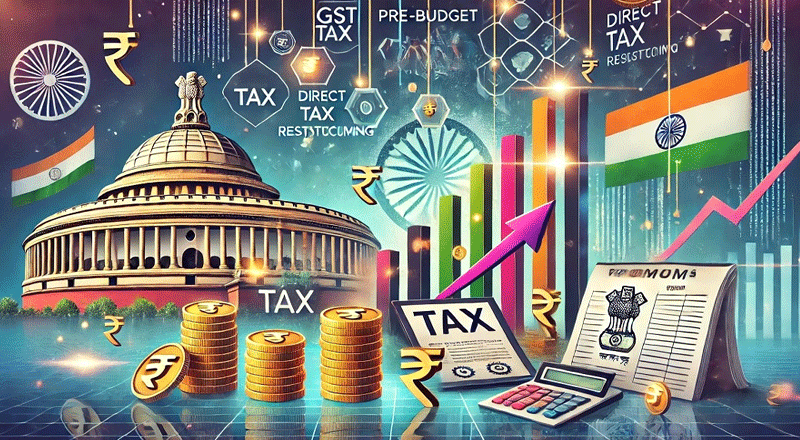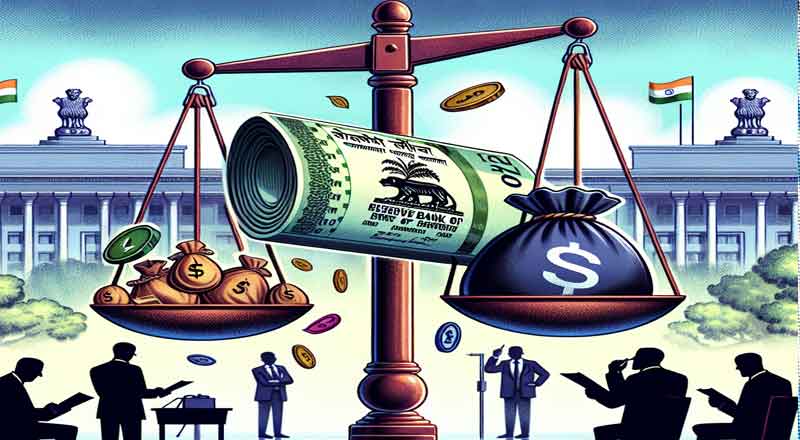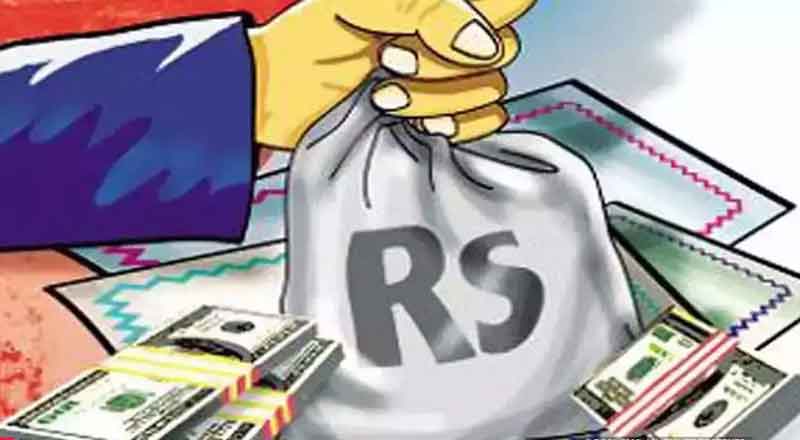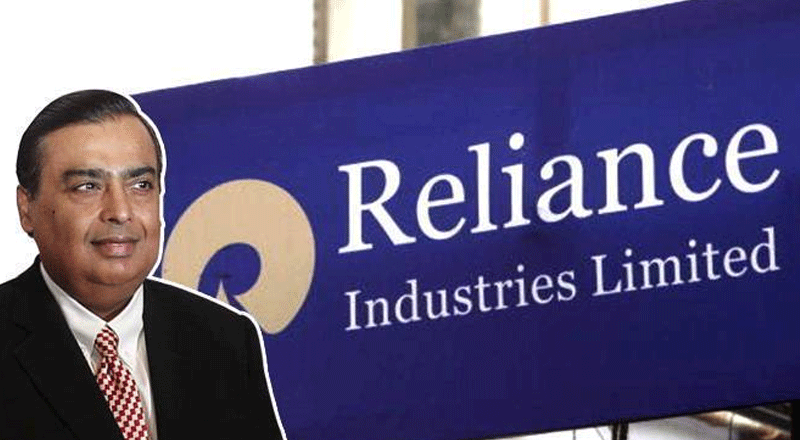Budget 2025: Price Changes and Key Announcements
Union Finance Minister Nirmala Sitharaman has cemented her legacy as India’s longest-serving finance minister by presenting her eighth consecutive Union Budget. Over the years, she has played a pivotal role in shaping India’s economic policies, focusing on tax reforms, infrastructural development, and financial inclusion. In the 2025 Budget, she once again brought significant changes aimed at benefiting the middle class, boosting key industries, and promoting economic growth.
A key highlight of the budget is the significant relief for taxpayers—individuals earning up to Rs 12 lakh annually will now be exempt from paying income tax under the new tax regime, with salaried employees enjoying an exemption up to Rs 12.75 lakh per annum, factoring in the Rs 75,000 standard deduction.
Additionally, various customs duty revisions have been introduced to make certain essential items more affordable, while others, especially in the technology sector, will see price increases.
Items That Got Cheaper
Several changes in customs duties aim to provide relief in healthcare, manufacturing, and renewable energy sectors. Key items that will become more affordable include:
Medicines for Chronic Diseases: 36 life-saving drugs, including those for cancer and chronic ailments, are now fully exempt from basic customs duties.
Electronic Goods: The basic customs duty (BCD) on open cells and other components has been reduced to 5%, making electronic products more affordable.
Critical Minerals: Exemptions on cobalt powder, lithium-ion battery waste, lead, zinc, and 12 other critical minerals will support domestic manufacturing and clean energy initiatives.
EV and Mobile Phone Batteries: Over 35 additional goods related to EV battery production and 28 goods linked to mobile phone battery manufacturing are now part of the exempted capital goods list.
Leather Industry: Wet Blue leather has been fully exempted from BCD, benefiting tanners and leather product manufacturers.
Frozen Fish Paste (Surimi): The BCD on frozen fish paste, a key export item, has been reduced from 30% to 5%.
Items That Got Costlier
Despite the relief in some areas, the Budget also introduced increased customs duties on select items, particularly in the tech and manufacturing industries:
Interactive Flat-Panel Displays: The BCD on these devices has been increased from 10% to 20%, impacting costs for educational institutions and businesses relying on digital displays.
Provisional Assessments: A new two-year time limit for provisional assessments has been introduced, streamlining customs clearance but also impacting industries dependent on timely imports and exports.
Prioritizing Inclusive Development
While presenting the Budget, Sitharaman emphasized the government’s focus on four critical areas: the poor (garib), youth, farmers (annadata), and women (nari). She described the next five years as a unique opportunity to achieve “Sabka Vikas”, ensuring balanced and inclusive growth across all regions of India.
She outlined ten broad developmental areas covered in the Budget, highlighting increased investments in infrastructure, skill development for youth, agricultural support for farmers, and financial empowerment for women.
The Union Budget 2025 underscores the Modi 3.0 government’s commitment to tax relief, economic growth, and social welfare. While taxpayers, healthcare, and manufacturing sectors see significant gains, certain industries, especially in technology and imports, face higher costs. The balanced approach of the budget reflects the government’s long-term vision of growth, making it a crucial step toward India’s economic aspirations. However, its actual impact will depend on effective implementation and industry response in the coming months.
(With inputs from agencies)





